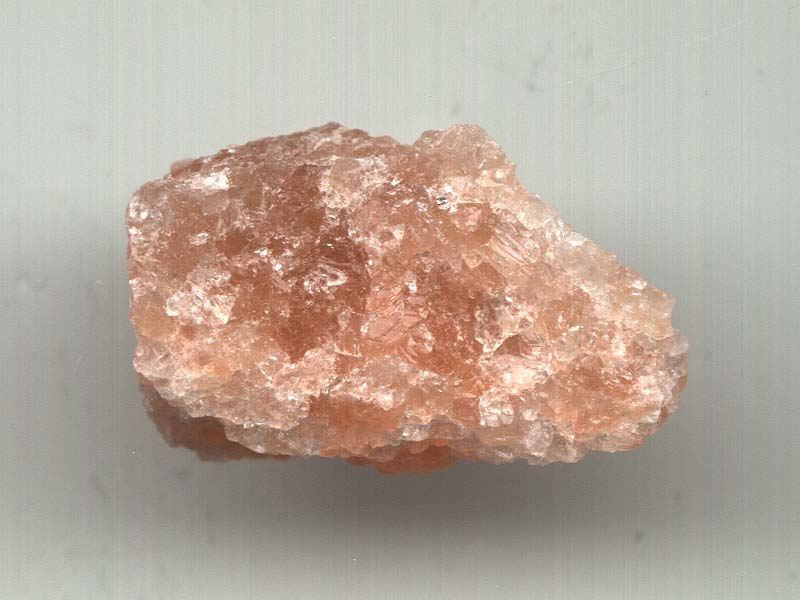Rare earth elements (REEs) have emerged as crucial components in various industries, ranging from electronics and renewable energy to defense and healthcare. However, the process of mining rare earth minerals is a complex and intricate endeavor that requires careful planning, advanced technologies, and adherence to environmental regulations. In this article, we will delve into the depths of rare earth mining, exploring the methods, challenges, and environmental considerations involved.
- Understanding Rare Earth Minerals:
Rare earth minerals encompass a group of seventeen elements, including cerium, neodymium, and dysprosium, which possess unique magnetic, luminescent, and catalytic properties. These minerals are typically found in low concentrations and often occur together, making their extraction a challenging task. - Exploration and Resource Assessment:
Before mining operations commence, extensive exploration and resource assessment activities are conducted. Geologists employ various techniques, such as remote sensing, geochemical analysis, and geophysical surveys, to identify potential rare earth deposits. This stage is crucial in determining the economic viability and size of the deposit. - Extraction Techniques:
Rare earth minerals are extracted through both open-pit and underground mining methods, depending on the depth and accessibility of the deposit. Open-pit mining involves the removal of overburden, followed by the extraction of ore using heavy machinery. Underground mining, on the other hand, is employed when the deposit is located at significant depths. This method requires the construction of tunnels and shafts to access the ore. - Beneficiation and Separation:
Once the ore is extracted, it undergoes a series of beneficiation processes to remove impurities and increase the concentration of rare earth minerals. Techniques such as crushing, grinding, and magnetic separation are employed to achieve the desired purity. Subsequently, solvent extraction or ion exchange methods are utilized to separate individual rare earth elements from the concentrated ore. - Environmental Considerations:
Rare earth mining poses environmental challenges due to the potential release of radioactive materials, heavy metals, and other harmful substances. To mitigate these risks, strict regulations and best practices are implemented. These include proper waste management, water treatment, and land reclamation measures. Additionally, efforts are being made to develop more sustainable mining practices and improve the recycling and reuse of rare earth materials.
Conclusion:
Rare earth mining is a complex process that plays a pivotal role in supporting various industries. Understanding the intricacies of this process is crucial for ensuring responsible and sustainable extraction practices. By employing advanced technologies, adhering to environmental regulations, and promoting recycling efforts, we can harness the potential of rare earth minerals while minimizing their environmental impact.

